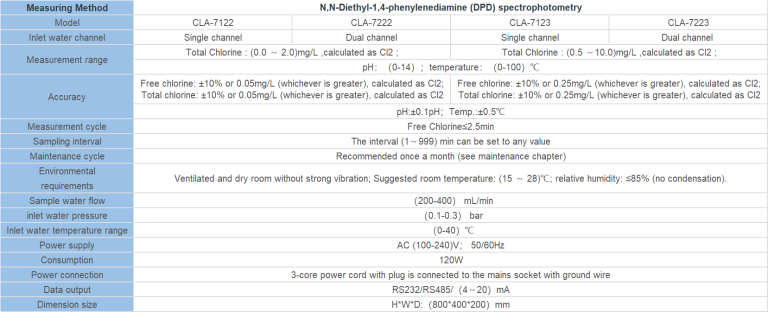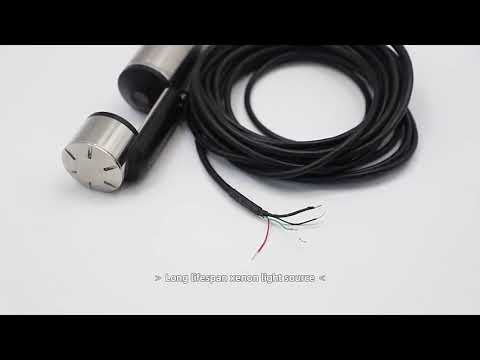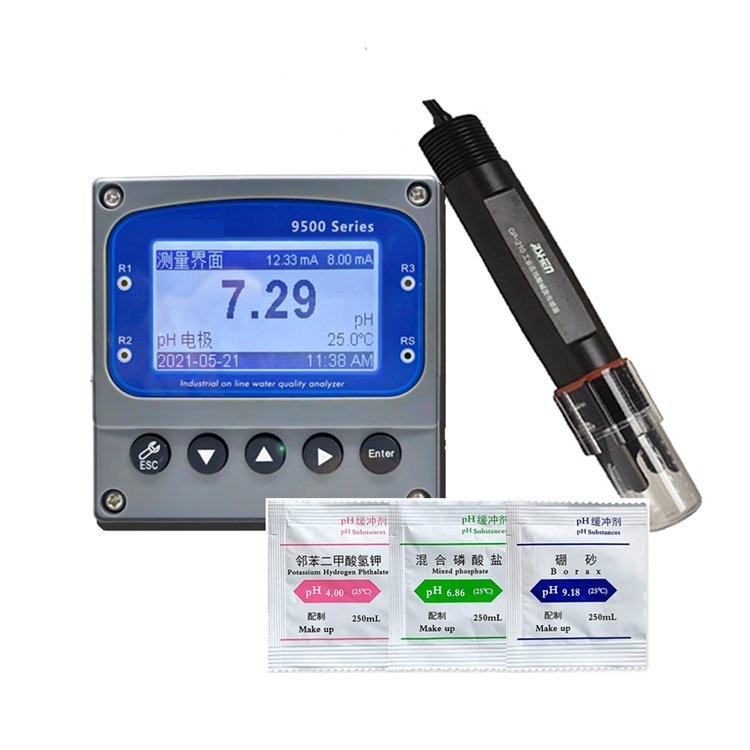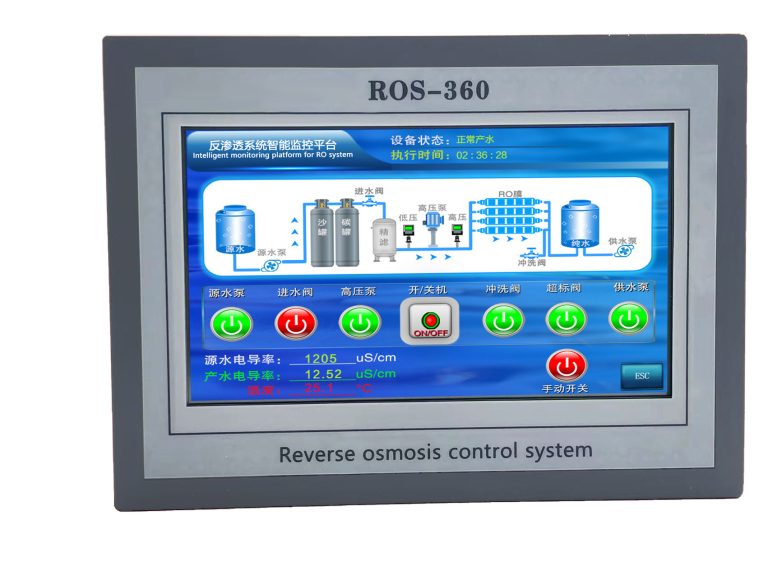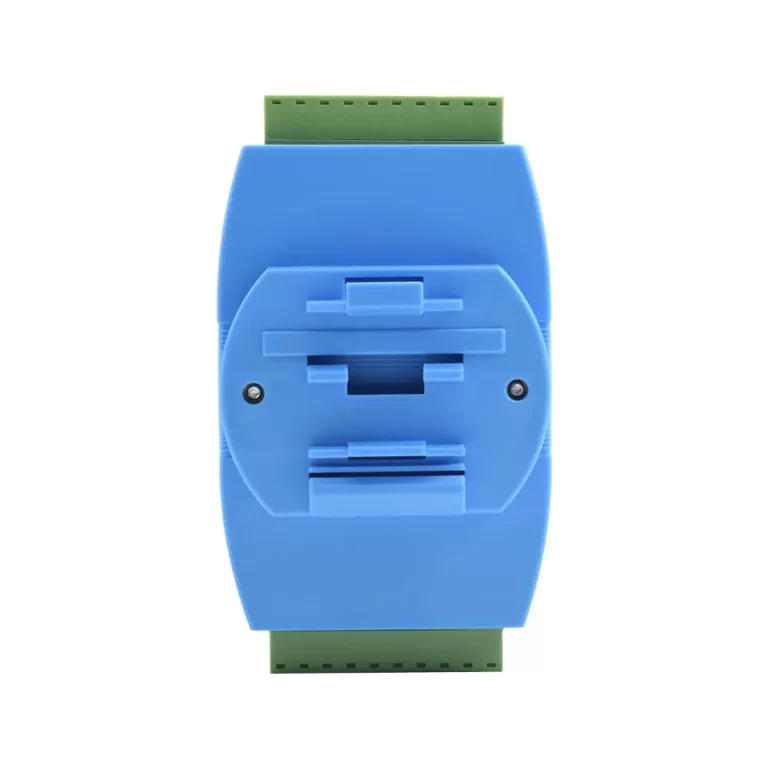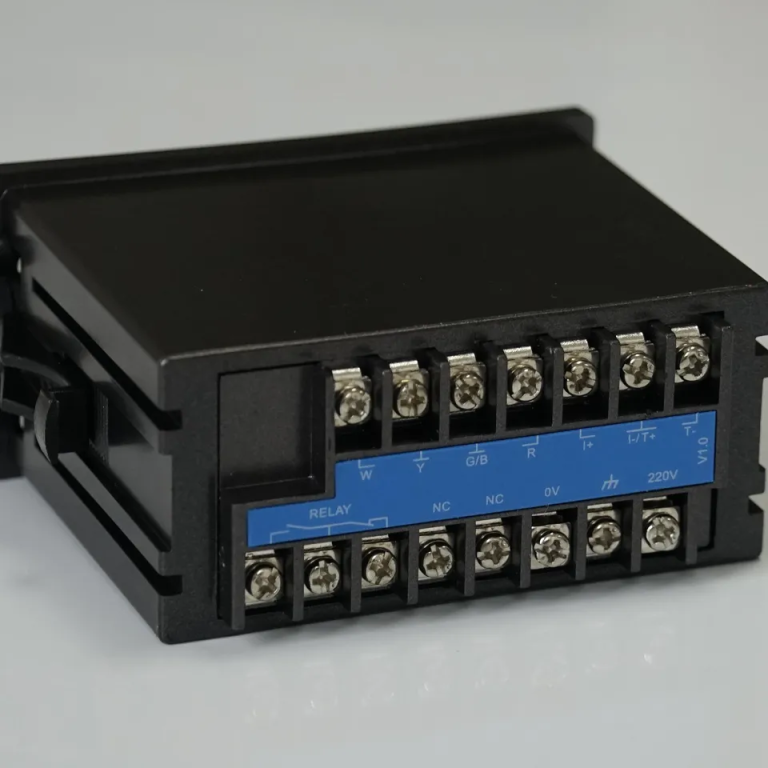“Precision in every drop: Flow meters you can trust.”
Table of Contents
Benefits of Using Flow Meters for Accurate Measurements
Flow meters are essential tools used in various industries to measure the flow rate of liquids or gases accurately. They provide valuable data that help in monitoring and controlling processes, ensuring efficiency and quality in production. However, the accuracy of flow meters is a critical factor that determines their reliability and usefulness in different applications.
One of the primary benefits of using flow meters is their ability to provide precise measurements. By accurately measuring the flow rate of fluids, flow meters help in optimizing processes and reducing wastage. This is particularly important in industries such as oil and gas, water treatment, and pharmaceuticals, where even small variations in flow rates can have significant consequences.
Flow meters come in different types, each with its own level of accuracy. Some common types of flow meters include electromagnetic, ultrasonic, turbine, and thermal mass flow meters. These meters use different principles to measure flow rates, such as measuring the velocity of a fluid, the change in pressure, or the amount of heat transferred. Each type of flow meter has its own advantages and limitations in terms of accuracy and reliability.
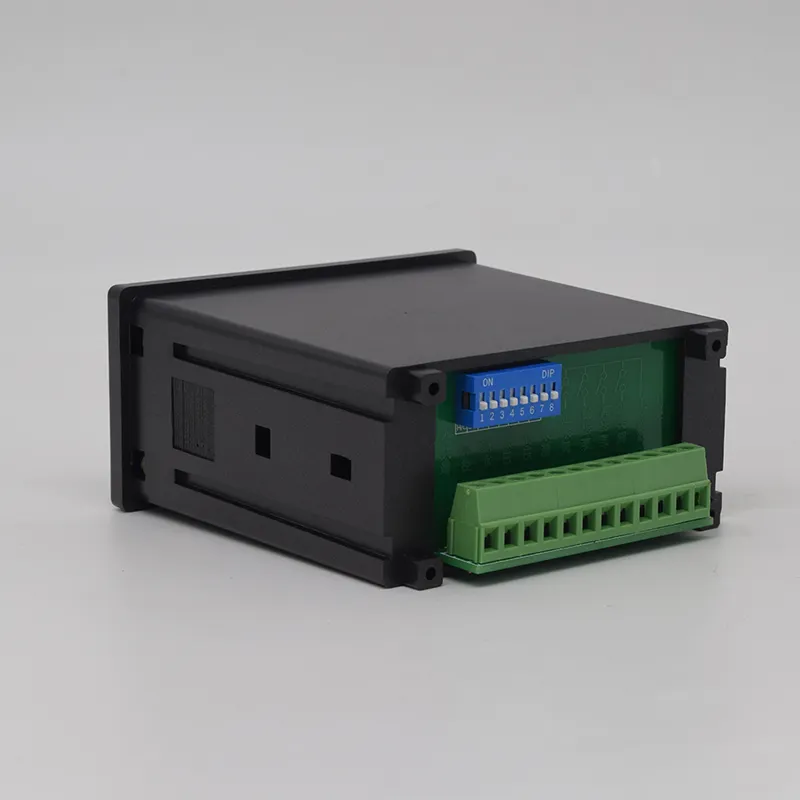
Electromagnetic flow meters, for example, are known for their high accuracy and reliability in measuring the flow rate of conductive liquids. They are widely used in industries where precise measurements are crucial, such as water treatment plants and chemical processing facilities. Ultrasonic flow meters, on the other hand, are non-intrusive and can measure the flow rate of liquids without coming into contact with them, making them suitable for applications where contamination is a concern.
To ensure the accuracy of flow meters, regular calibration and maintenance are essential. Calibration involves comparing the measurements of a flow meter against a known standard to determine its accuracy. This process helps in identifying any drift or errors in the flow meter and allows for adjustments to be made to improve its performance. Regular maintenance, such as cleaning and inspecting flow meters for wear and tear, also helps in ensuring their accuracy and longevity.
In conclusion, flow meters are valuable tools for measuring the flow rate of liquids and gases accurately. They play a crucial role in optimizing processes, reducing wastage, and ensuring quality in production. While flow meters offer many benefits, their accuracy can be affected by various factors, such as fluid properties, installation conditions, and maintenance practices. By understanding these factors and taking appropriate measures to calibrate and maintain flow meters, industries can rely on them for accurate measurements and improved efficiency.
Factors Affecting the Accuracy of Flow Meters
Flow meters are essential devices used in various industries to measure the flow rate of liquids or gases. They play a crucial role in ensuring the efficiency and accuracy of processes such as water treatment, oil and gas production, and chemical manufacturing. However, the accuracy of flow meters can be influenced by several factors that need to be taken into consideration.
| Product Model | MFC-8800 | |
| Communication port | The uplink slave channel Modbus RTU protocol RS485 port is connected with DTU and DCS | |
| Downlink master channel RS485 port of Modbus RTU protocol is connected with data acquisition terminal | ||
| 4~20mA output | 1 channel two-wire type Maximum loop resistance 400Ω | |
| 4~20mA Input | 2 channel channel two-wire type( initiative feed) | |
| DI Input | 2channels Photoelectric isolation logic switch | |
| DO Output | 3 channels relay | 1 SPDT AC220V; 3A(MAX) |
| (only for drive signal) | 2 SPST AC220V; 3A(MAX) | |
| 1channel Photoelectric switch | Proportional pulse/frequency | |
| Load capacity:100mA/DC30V | ||
| Data acquisition | Data acquisition collection,with 3 channels DC24V sensor power supply | |
| Display mode | 3.5”(or 4”)colorful LCD touch screen | |
| Power supply | Wide power range :(12-24)V | |
| Consumption | <5W | |
| Environment requirements | Environment temp:(5~45)℃; relative humidity:≤90%。 | |
| Hole dimension | (91×91)mm hole dimension;panel dimension(100*100)mm | |
One of the primary factors affecting the accuracy of flow meters is the type of flow meter being used. Different types of flow meters, such as electromagnetic, ultrasonic, and turbine flow meters, have varying levels of accuracy. For example, electromagnetic flow meters are known for their high accuracy and reliability in measuring the flow rate of conductive liquids, while ultrasonic flow meters are suitable for measuring the flow rate of clean liquids or gases. It is essential to choose the right type of flow meter for the specific application to ensure accurate measurements.
Another factor that can impact the accuracy of flow meters is the installation location. Flow meters should be installed in a location that allows for proper flow profile development to ensure accurate measurements. Factors such as upstream and downstream piping configurations, obstructions, and bends in the piping can affect the flow profile and lead to inaccuracies in flow measurements. It is crucial to follow the manufacturer’s guidelines for installation and ensure that the flow meter is installed in an optimal location to achieve accurate results.
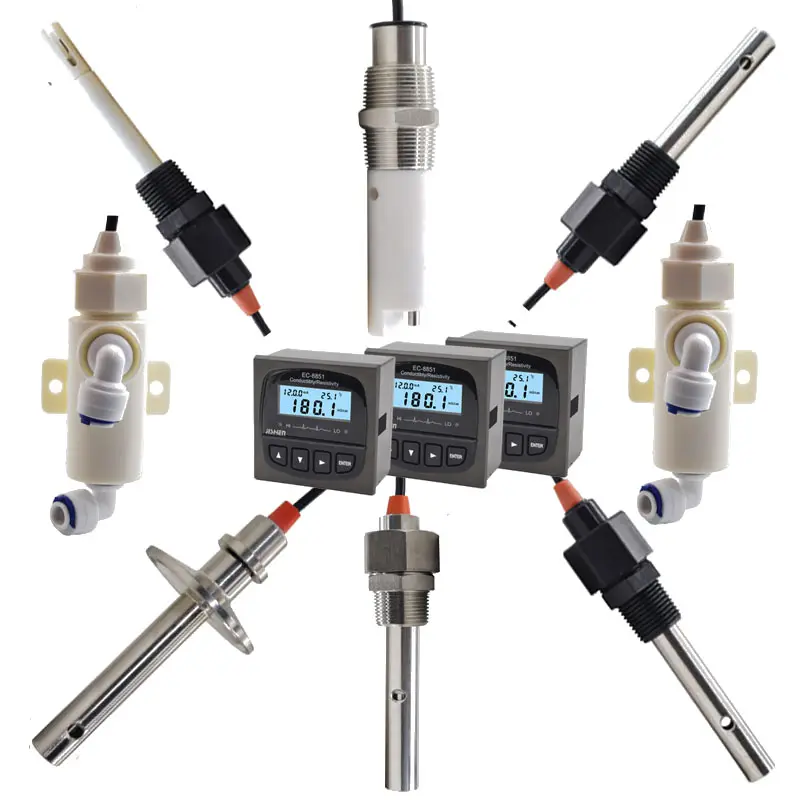
Calibration is also a critical factor in determining the accuracy of flow meters. Flow meters should be calibrated regularly to ensure that they are providing accurate measurements. Calibration involves comparing the readings of the flow meter against a known standard to determine any deviations in accuracy. Regular calibration helps to identify any drift or changes in the flow meter‘s performance over time and allows for adjustments to be made to maintain accuracy.
| Model | pH/ORP-1800 pH/orp meter |
| Range | 0-14 pH; -1600 – +1600mV |
| Accuracy | ±0.1pH; ±2mV |
| Temp. Comp. | Manual/Automatic temperature compensation; No Comp. |
| Oper. Temp. | Normal 0~50℃; High temp 0~100℃ |
| Sensor | pH double/triple sensor; ORP sensor |
| Display | 128*64 LCD Screen |
| Communication | 4-20mA output/RS485 |
| Output | High/Low limit dual relay control |
| Power | AC 220V±10% 50/60Hz or AC 110V±10% 50/60Hz or DC24V/0.5A |
| Working Environment | Ambient temperature:0~50℃ |
| Relative humidity≤85% | |
| Dimensions | 96×96×100mm(H×W×L) |
| Hole Size | 92×92mm(H×W) |
| Installation Mode | Embedded |
The fluid properties being measured can also impact the accuracy of flow meters. Factors such as viscosity, density, temperature, and pressure can affect the performance of flow meters and lead to inaccuracies in measurements. It is essential to consider the fluid properties and their impact on the flow meter‘s performance when selecting a flow meter for a specific application. Some flow meters are better suited for measuring certain fluid properties, so it is crucial to choose a flow meter that is compatible with the fluid being measured.
Environmental conditions can also influence the accuracy of flow meters. Factors such as temperature variations, humidity, and vibrations can affect the performance of flow meters and lead to inaccuracies in measurements. It is important to consider the environmental conditions in which the flow meter will be operating and choose a flow meter that can withstand these conditions to ensure accurate measurements.
In conclusion, the accuracy of flow meters can be influenced by various factors, including the type of flow meter, installation location, calibration, fluid properties, and environmental conditions. It is essential to consider these factors when selecting a flow meter for a specific application to ensure accurate measurements. Regular maintenance, calibration, and monitoring of flow meters are necessary to maintain accuracy and reliability in flow measurements. By understanding the factors that affect the accuracy of flow meters and taking appropriate measures to address them, industries can ensure the efficiency and effectiveness of their processes.

